Tolkien knock-off or a secret classic? The story of Willow
As a TV spin-off of the kooky Eighties fantasy film hits Disney Plus, Tom Fordy revisits the Warwick Davis movie that everyone assumed would destroy George Lucas’s career
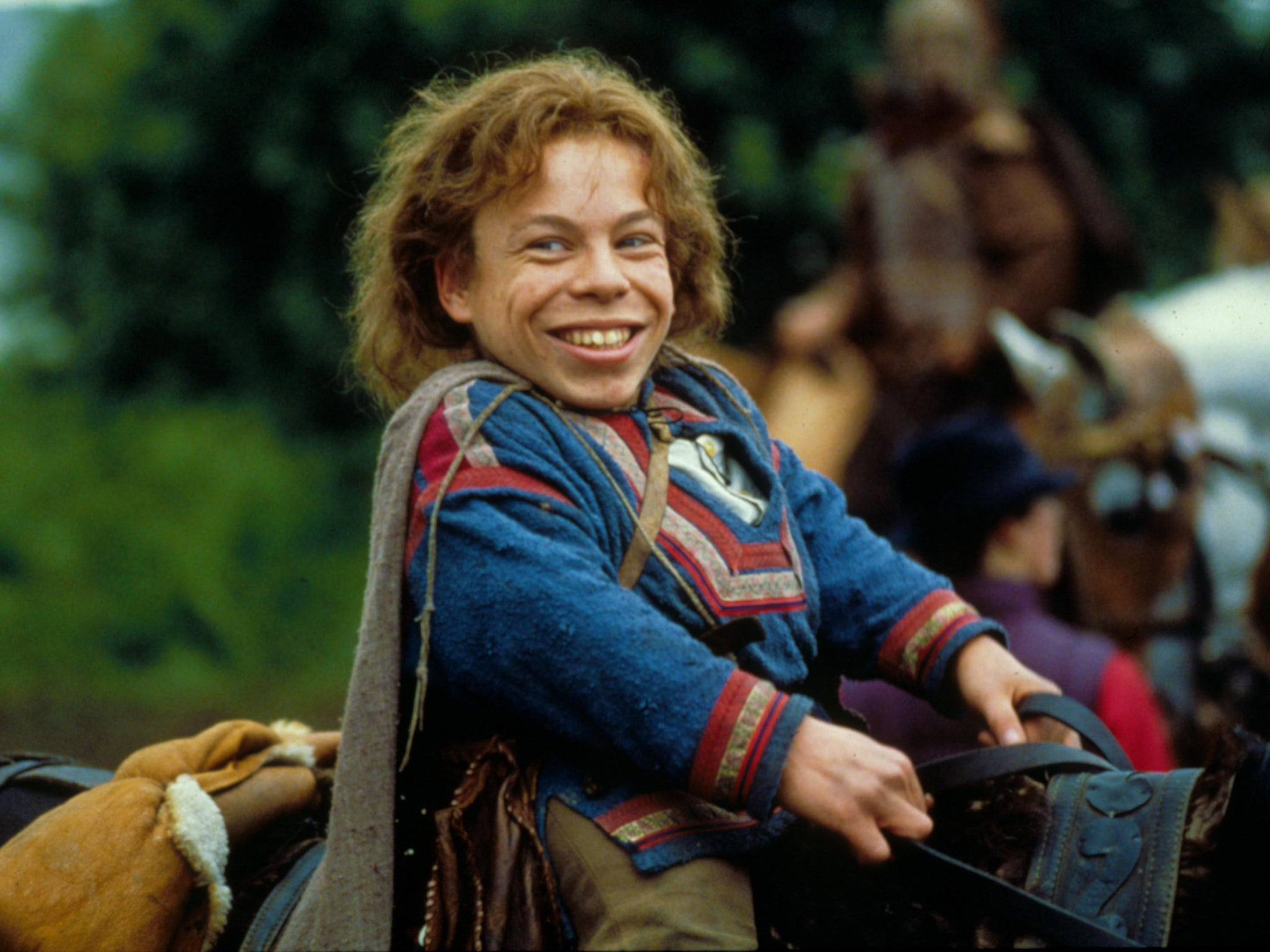
Your support helps us to tell the story
From reproductive rights to climate change to Big Tech, The Independent is on the ground when the story is developing. Whether it's investigating the financials of Elon Musk's pro-Trump PAC or producing our latest documentary, 'The A Word', which shines a light on the American women fighting for reproductive rights, we know how important it is to parse out the facts from the messaging.
At such a critical moment in US history, we need reporters on the ground. Your donation allows us to keep sending journalists to speak to both sides of the story.
The Independent is trusted by Americans across the entire political spectrum. And unlike many other quality news outlets, we choose not to lock Americans out of our reporting and analysis with paywalls. We believe quality journalism should be available to everyone, paid for by those who can afford it.
Your support makes all the difference.Ironically, Willow was a bit too big. Or at least too big to succeed as George Lucas had imagined it could. The brainchild of Lucas since before the first Star Wars, the 1988 film starred Warwick Davis as the eponymous Willow Ufgood, a farmer and would-be sorcerer’s apprentice from a race of dwarves called Nelwyn. The premise was classic fantasy: after discovering a baby Daikini (or regular-sized folk), Willow goes on a journey to protect the baby from an evil sorceress queen (the deliciously pantomime-esque Jean Marsh) – by way of mountains, monsters, and some riotous action sequences.
Back then, studio bosses baulked at the film’s $35m (£29m) price tag. The production spanned three continents, a huge cast of little people and featured more special effects work than Lucas’s FX house, Industrial Light & Magic, was prepared for. The finished film is a bloated two hours-plus, which feels too much of a Middle Earth-like meander for its target audience. Lucas, then the target of fierce press criticism, wanted Willow to be a box-office hit like E.T. It wasn’t.
But nostalgia is a potent magic. “Willow is a film that is remembered very fondly by a lot of people,” Davis said on a DVD extra. “Everywhere I go, people say they grew up with the film. Which makes me feel a bit old.” Indeed, the nostalgia for Willow is so potent, in fact, that Disney has magicked up a new TV series for Disney Plus that’s inspired by the film.
Lucas began developing the idea back in the Seventies. He’d even mentioned the idea to Davis’s mum during the production of 1983’s Return of the Jedi, in which Davis – just 11 at the time – played the memorable Ewok, Wicket. By the time Willow went into production, Lucas’s company, the all-powerful Lucasfilm, was in an odd position. It certainly wasn’t the behemoth that would sell to Disney for $4.05bn (£3bn) in 2012. As detailed in John Baxter’s 1999 biography of Lucas, the filmmaker had just returned to running the company after a two-year hiatus – a sort-of retirement that proved disastrous for the company and prompted journalists to publicly question Lucas’s business acumen.
The company’s then most recent release was 1986’s Howard the Duck, an unmitigated fowl-up about a quacking superhero who shares an infamous love scene with a human woman. Elsewhere, Lucas sold the Lucasfilm computer division Pixar – the future home of everything from Toy Story to Wall-E – to Apple founder Steve Jobs for $10m (£8m). He had also warred with local authorities over the expansion of his Skywalker Ranch property in Marin County, California, the base of Lucasfilm. And – though unimaginable now – Star Wars merchandise sales had tumbled.
These were the dark times, remember, between Return of the Jedi and the prequels, when Star Wars fandom was a fringe thing – kept alive in the minds of its most dedicated followers, fuelled by a smattering of novels and roleplaying games. This was also long before 1999’s The Phantom Menace would create a disturbance in the Force, making Lucas a figure of hate within the grumpiest quarters of Star Wars fandom. But critics were already fixated on Lucas’s failings. They questioned whether he could “strike back” from Howard the Duck, and framed him as a reclusive, self-indulgent filmmaker who’d lost the magic touch.
Even Baxter’s biography is disparaging about Willow, calling it “The Hobbit and Lord of the Rings in all but name”. Critics at the time noted that Willow borrowed from well-known stories – everything from the Bible and Gulliver’s Travels to The Wizard of Oz and Lucas’s own Star Wars. Certainly, it draws – just as Star Wars did – from the work of Joseph Campbell, who broke down the structures of myth storytelling. Willow Ufgood is undeniably Luke Skywalker-like: a reluctant farmer on a quest of good versus evil, who journeys to a castle with a rag-tag mob in tow.
At the time, Lucas had stepped away from actually directing. Instead, Ron Howard would direct, and he brought in Bob Dolman to write the script. “It was a very collaborative effort,” Howard said about the development process. “The three of us would throw hundreds of ideas into the hopper. When we would agree on any one thing, Bob would go off and write it, and we would hash it out all over again. Occasionally, we would go off on a wrong track then recover. It was a very exciting creative experience.” Speaking on a making-of documentary, Howard also joked: “Some days I don’t feel like the director of this movie. I feel like I’m vice president in charge of cinematic affairs for Lucasfilm.”
Studio heads, however, were reluctant to cough up the film’s budget. Lucas recalled being told it was not considered “a good investment”. Fantasy was a tough sell. “The genre has been spectacularly unsuccessful,” Lucas told The New York Times in 1988, namechecking Krull, Legend, Dragonslayer and Labyrinth. Eventually, the bulk of the money came from MGM boss Alan Ladd Jr, who had helped greenlight Star Wars a decade earlier. Ladd underwrote the cost of Willow by pre-selling the home video rights to RCA/Columbia. In fact, Willow was a major hit when it landed on the shelves of video rental stores in November 1988.

Watch Apple TV+ free for 7 days
New subscribers only. £8.99/mo. after free trial. Plan auto-renews until cancelled

Watch Apple TV+ free for 7 days
New subscribers only. £8.99/mo. after free trial. Plan auto-renews until cancelled
Though the role of Willow was earmarked for Davis since Return of the Jedi, Howard thought Davis – still just 17 – was too young. Willow was a father and world-weary enough to know that discovering this Daikini baby was trouble. Davis reprises the role in in the new Disney series and, at 52, is probably close to what Howard had in mind. Davis had to audition for a part that was ostensibly his.
Travelling with Willow and the Daikini baby, Elora, are the mercenary swordsman Madmartigan (Val Kilmer), warrior princess Sorsha (Joanne Whalley), a pair of nine-inch imps called Brownies (Kevin Pollak and Rick Overton), and the sorceress Fin Raziel (Patricia Hayes), who has been cursed to live as a possum – though she soon changes into other animals, thanks to landmark digital effects.
If Willow is Luke Skywalker-lite, Val Kilmer’s Madmartigan takes the film’s Han Solo role. He’s a roguish, handsome, superbly sarcastic swashbuckler who claims to be the “greatest swordsman that ever lived”. “The role didn’t require a great deal of thought or preparation,” Kilmer said in a promotional interview. “Eat, sleep, and find a woman. The guy’s not exactly complicated.” He is, however, the film’s comic, rambunctious spirit personified. See the film’s rollicking horse and cart chase – like a medieval Indiana Jones set-piece – in which Madmartigan fights off villainous knights while dressed as a wench, complete with giant sandbag bosoms.
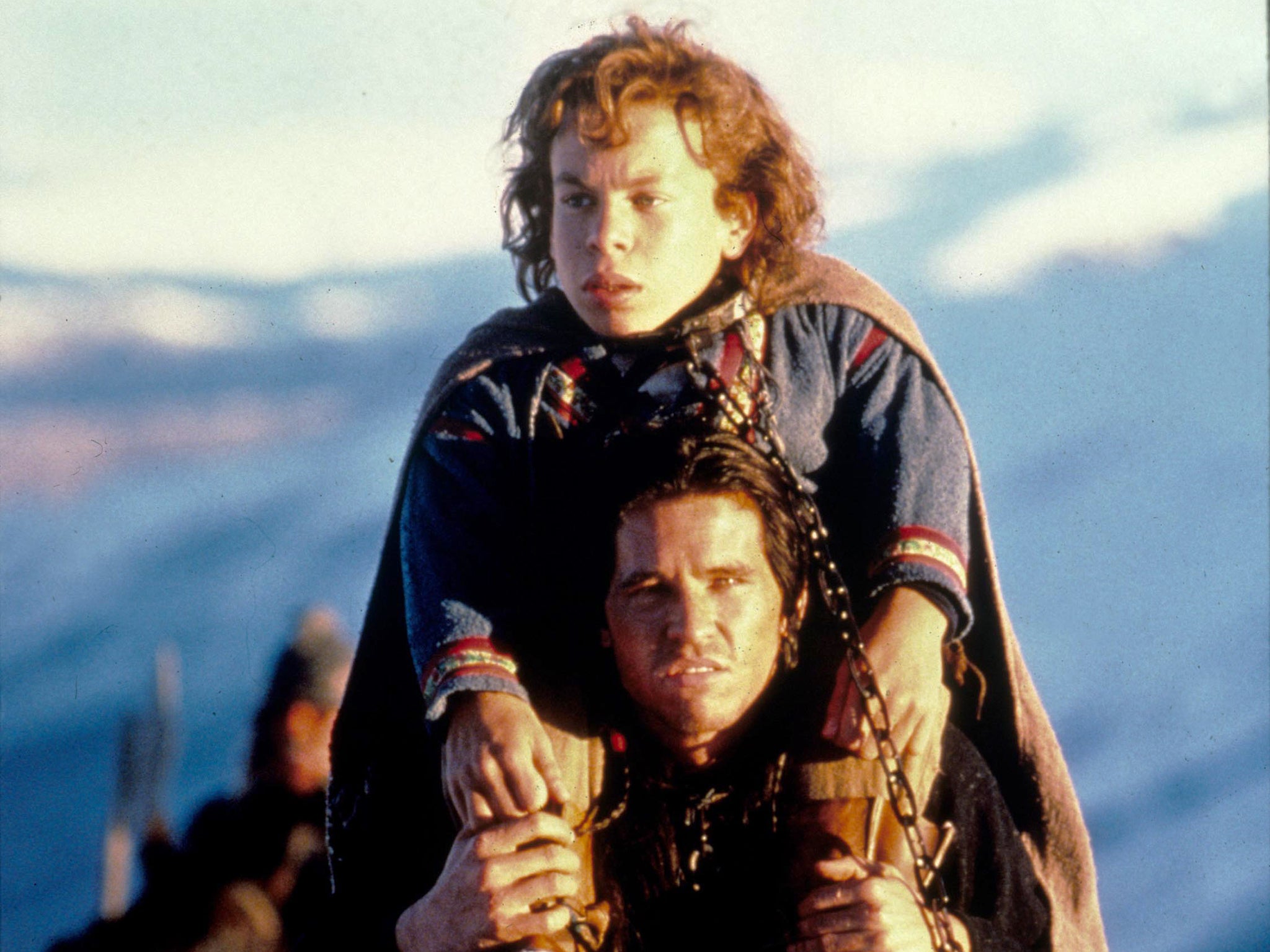
There is a fun chemistry between Davis and Kilmer, who became firm friends. (Indeed, it was a screen test between the two actors that convinced Ron Howard that Davis was right for the lead role.) Davis didn’t see any wild behaviour from Kilmer, who earned a slightly bonkers reputation on other films. The only drama came when a steel cage dropped on Kilmer’s foot and he refused to come out of his trailer for half a day. Every time Howard or Lucas tried to talk him out, he sent them away with a barrage of colourful language.
Writing in his autobiography, Size Matters Not, Davis recalled that Kilmer took him out for dinner with Tom Cruise during the production. Afterwards, Davis’s mother collected him from the restaurant. He dived into the car and told her to put her foot down – so that Top Gun’s Maverick and Ice Man wouldn’t see him driving away with his mum in a Citroen 2CV.
(Kilmer, who has had throat cancer in recent years, won’t return for the Disney series, although Joanne Whalley – who was married to Kilmer after they met on the original film – will reprise her role. When asked by The Guardian recently about Lucas’s opinion of the new series, now that his creation – like Star Wars – is under the control of Disney, Davis was diplomatic. “I’d be interested to know,” he said. “We’re still in touch, so I’ll ask him.”)
According to Davis, Willow put out the biggest casting call for little people actors in film history. For the scenes at the Nelwyn village, around 240 little people were needed. Among them was R2-D2 himself, Kenny Baker, who spoke his only line of dialogue in a Lucasfilm production (“Well, who’ll do that?). Also joining the Nelwyn ranks were the legendary Billy Barty and Tony Cox, better known as the foul-mouthed elf from Bad Santa.
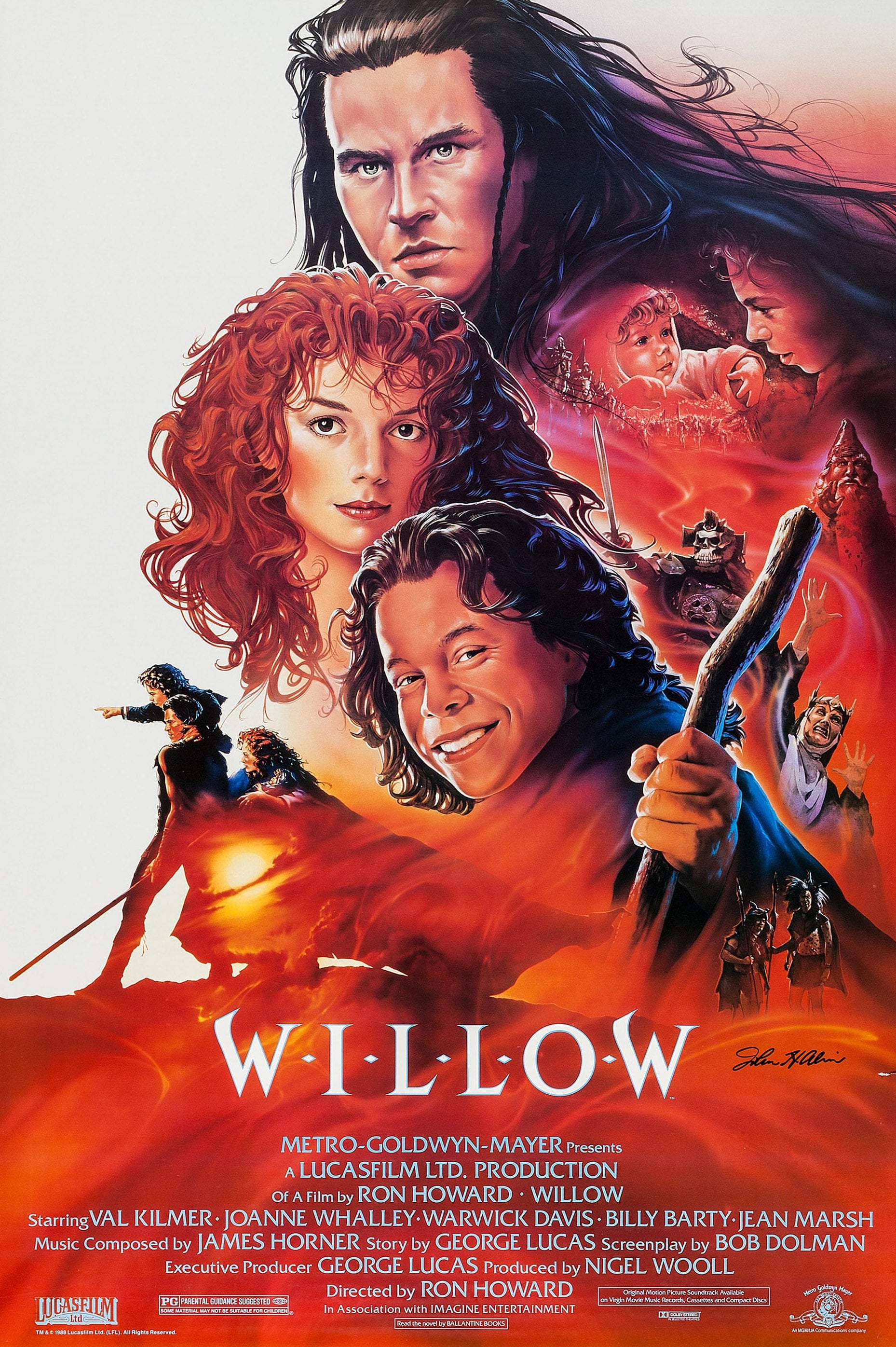
The Nelwyn village was built at Brocket Hall, Hertfordshire. Davis recalled that the village huts were “well used” by randy dwarf actors. “It’s not that often we get to see so many of each other in one place,” wrote Davis. “So things can get a little ‘heated’, shall we say.” Though Davis wasn’t especially popular himself: “I felt there was some resentment among them towards me… Some of my fellow little actors thought of me as a bit too big for my boots.”
To play Willow, Davis had to learn horse riding (of which he was terrified), magic tricks (taught by influential British magician David Berglas), and took lessons in, erm, carrying a baby. Davis was generally put through the ringer: blasted with filthy water, almost drowned in a tank at Elstree Studios (for a sequence that was ultimately cut), and – with the production moving to the New Zealand mountains – made to sled down an ice glacier and fly off a ridge. “We’re alive!” shouted Val Kilmer after the first attempt.
The production was shrouded in intense secrecy, although one Australian journalist got wind that production was heading to New Zealand and flew over to sniff out details. He knew he was on the right track when he saw the sheer number of dwarves on the plane and buses. Back in the UK, a News of the World reporter sneaked onto the set and suckered in Davis. She told him she was a journalist from Look-in magazine and asked him questions such as “What’s your favourite colour?” Davis then saw himself plastered across the News of the World supplement, with the headline: “I Want a Tall, Dark, Six-Foot Lover!” Lucasfilm forced the News of the World to issue an apology. “Mind you, it wasn’t much of an apology,” wrote Davis in Size Matters Not. “And you had to look very hard to find it in between all the breasts.”
George Lucas himself was hands-on during production. Actor Kevin Pollak, who also returns for the new Disney series, told the press that Lucas was on set every day. “This was definitely his baby,” said Pollak. Kilmer joked that Lucas was like Zorro. “He comes and goes on the set,” said Kilmer. “And he leaves his mark when he’s gone!”
Watched now, Willow is best when it journeys into the realm of horror: the part-dog, part-wild boar Death Dogs that terrorise the Nelwyn village; caveman-like trolls that leap out from beneath bridges and clamber down walls; a giant two-headed monster that chomps baddies whole. The monster – a stop-motion creation straight out of Jabba the Hutt’s dungeons – was named Eborsisk, after the famous film critics Roger Ebert and Gene Siskel. (Another baddie, the skull-helmeted evil knight, Kael – played by recurring Indiana Jones henchman Pat Roach – was named after the film critic Pauline Kael.)
Most horrifying is a sequence that sees the queen transform our heroes into pigs. The image of Kilmer writhing in the throes of a sweaty, porcine transformation – nose squashed and tusks jutting out, fingers melding into trotters – is as frightening as anything from the Eighties’ vast horror output.
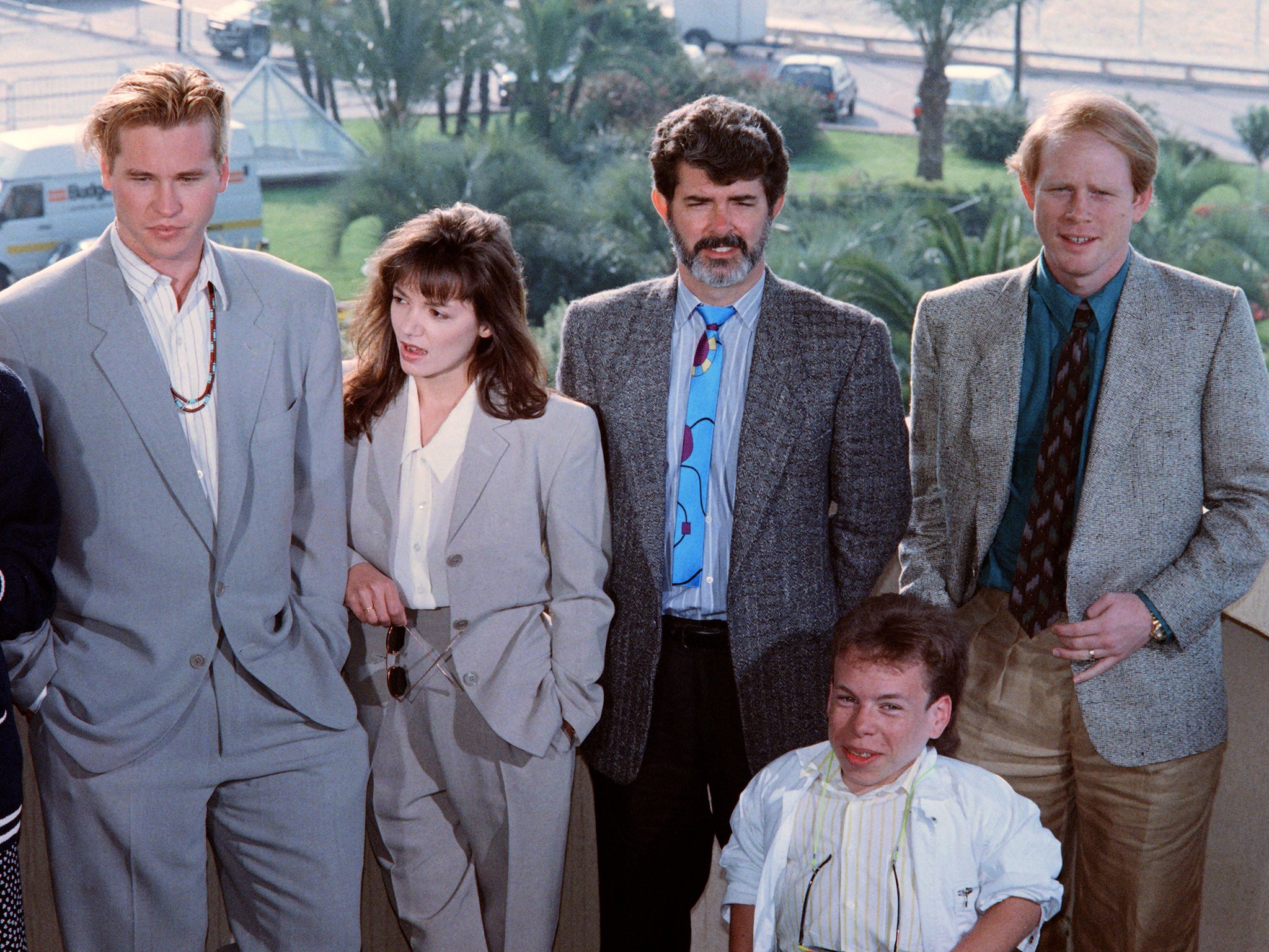
The effects work on Willow was a challenge. Lucas had initially told his ILM team that Willow was “not an effects picture”. “But when the storyboards started coming in,” recalled effects editor Michael Gleason, “we all thought to ourselves, ‘Oh, really?’ … Our first count was about 400 effects shots – which for a picture that wasn’t supposed to be an effects picture was sure an awful lot of effects.” Speaking in John Baxter’s biography, effects supervisor Michael McAllister said that if Willow had been an outside project, ILM would have turned it down. “But this was for the boss,” said McAllister. “And the boss gets to work however he wants.”
Major challenges included making the Borrower-like Brownies walk convincingly alongside regular-size characters, and a sequence in which the good sorceress transforms from goat to ostrich to peacock to tortoise to tiger to actress Patricia Hayes. A technique called “morphing” was developed. They photographed puppets, models, and even a real tiger, and used computers to transform one into the other. ILM supervisor Dennis Muren – who kept pushing Howard and Lucas to try computer effects – credited Willow as a significant moment in effects history. It was the last gasp of then-current techniques and the beginning of digital filmmaking. Morphing was soon used again in Indiana Jones and the Last Crusade, The Abyss, and Terminator 2.
Critics seemed to take against Willow, somewhat weirdly, from the very start. The New York Times even called the trailer “pretentious”, while some were preoccupied by its $20m advertising budget. Early reviews weren’t especially good. The Los Angeles Times said it was “perfectly agreeable” but suffered from the expectation that comes with being a George Lucas project. Released on 20 May 1988, Willow opened as the box office No 1 but faced tough competition the following week from Crocodile Dundee II and Rambo III.
Lucas was forced to answer the bad reviews in an interview with The New York Times, which seemed to delight in republishing the worst headlines (“The Empire Strikes Out” and “Next to this, Howard the Duck looks like a minor miscalculation”). Lucas bristled at accusations of being derivative, while Rambo III was being credited for “reworking the genre”.
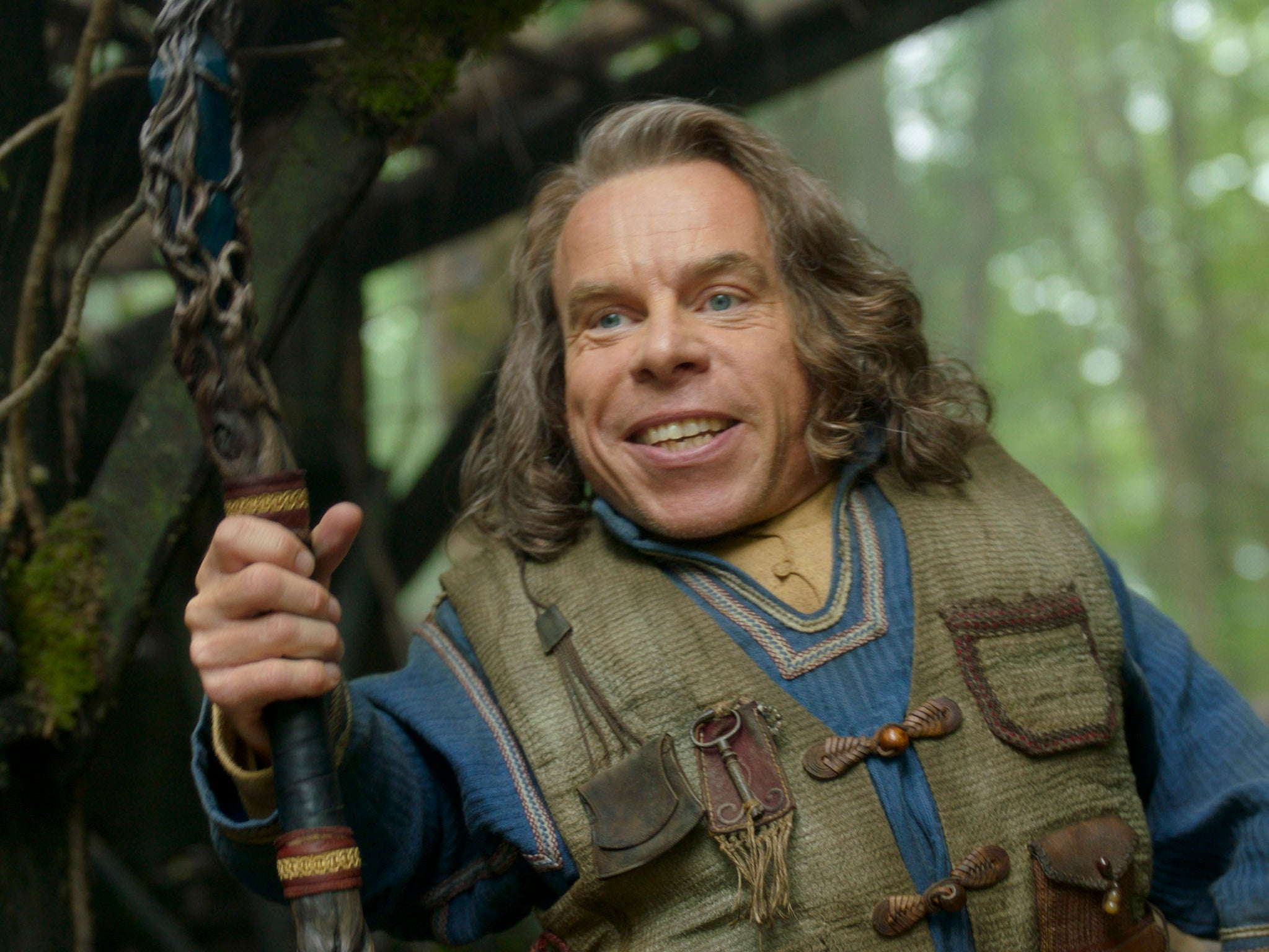
When Willow arrived in the UK in December 1988, reviews were again lukewarm. The Independent thought “the charm and imagination of [the Star Wars movies] are sorely lacking… overall, Willow is wooden”. Still, it wasn’t all bad. “Bloodthirsty children will enjoy it,” wrote The Sunday Telegraph.
Willow earned two Academy Award nominations and made a reported $137.6m worldwide. “It was a hit at the box office,” wrote Davis, though he also conceded that it “wasn’t as profitable as George had hoped”.
The real power of Willow was felt in childhood imaginations. You’d be hard-pressed to find a youngster of the late Eighties/early Nineties who doesn’t have some affection for Willow – as either a home video favourite or a Christmas telly perennial. As Warwick Davis wrote: “I’ve lost count of the number of times people have told me that they wore out their VHS copy of the film from playing it so much.”
‘Willow’ – both the TV series and the film – can be streamed on Disney Plus from 30 November



Join our commenting forum
Join thought-provoking conversations, follow other Independent readers and see their replies
Comments